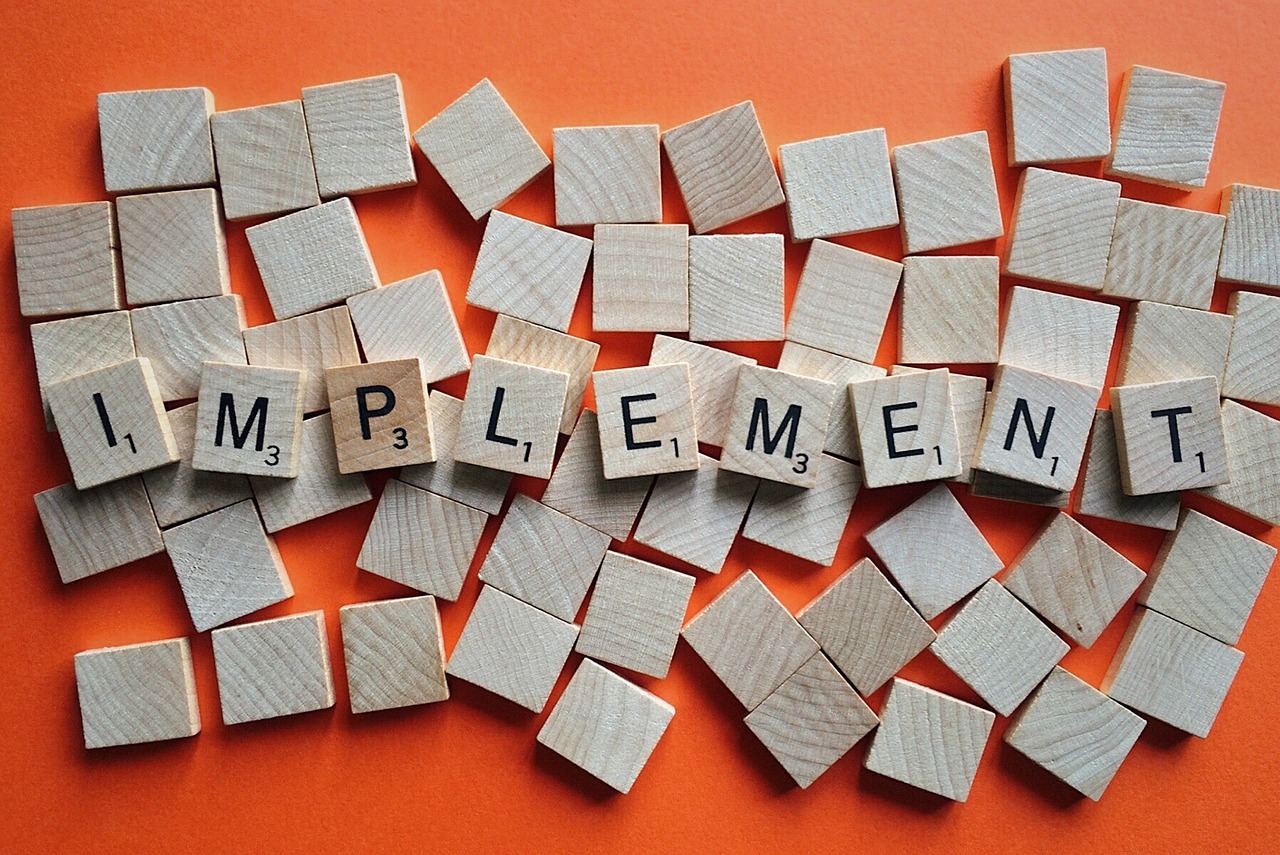【Hyper-Personalization Strategy: Unlocking Next-Level Customer Engagement】
^MIn this article, you will learn:
^M- ^M
- What hyper-personalization is and how it differs from traditional personalization ^M
- Key techniques and technologies used to implement hyper-personalization ^M
- Benefits and challenges of adopting a hyper-personalization strategy ^M

★ Understanding Hyper-Personalization
★ Understanding Hyper-Personalization
^MHyper-personalization represents an advanced form of personalized marketing that leverages real-time data, AI, and machine learning to deliver highly tailored experiences. Unlike traditional personalization, which often uses broad segments, hyper-personalization focuses on the unique preferences, behaviors, and context of each individual customer.
^M✓ Differentiating from Traditional Personalization
^MWhile traditional personalization is generally based on demographics and pre-defined segments, hyper-personalization taps into real-time customer interactions, purchase history, and behavioral signals to adapt content dynamically. This allows brands to adjust messaging and offers on a one-to-one basis for maximum relevance.
^M✓ Core Components of Hyper-Personalization
^M- ^M
- Data Collection: Gathering first-party data across multiple touchpoints such as website visits, mobile apps, social media, and CRM systems. ^M
- Artificial Intelligence & Machine Learning: Analyzing data patterns to predict customer needs and automate content personalization in real time. ^M
- Customer Segmentation: Moving beyond static segments to dynamic, behavior-based micro-segments. ^M
- Omnichannel Engagement: Delivering a consistent, personalized experience across email, push notifications, web, and offline channels. ^M

★ Implementing a Hyper-Personalization Strategy
★ Implementing a Hyper-Personalization Strategy
^MImplementing hyper-personalization requires a robust data infrastructure, strategic planning, and continuous optimization. It is essential to align technology capabilities with customer expectations for seamless experiences.
^M✓ Steps to Get Started
^M- ^M
- Collect and unify data: Integrate customer data from all sources into a single platform for unified insights. ^M
- Build predictive models: Use AI to analyze customer journey and forecast future behaviors. ^M
- Develop personalized content: Create dynamic assets that can be customized for individual profiles. ^M
- Test and optimize: Continuously measure performance and fine-tune personalization efforts. ^M
✓ Key Technologies
^M- ^M
- Customer Data Platforms (CDPs)
댓글
댓글 쓰기